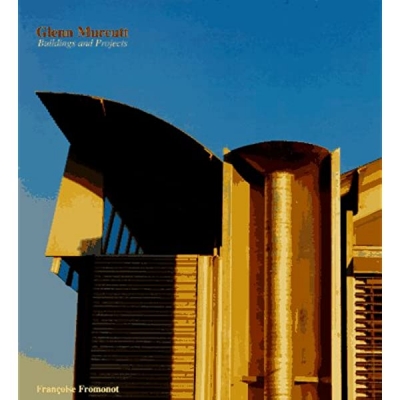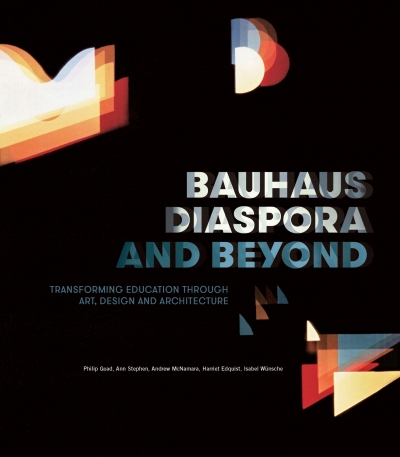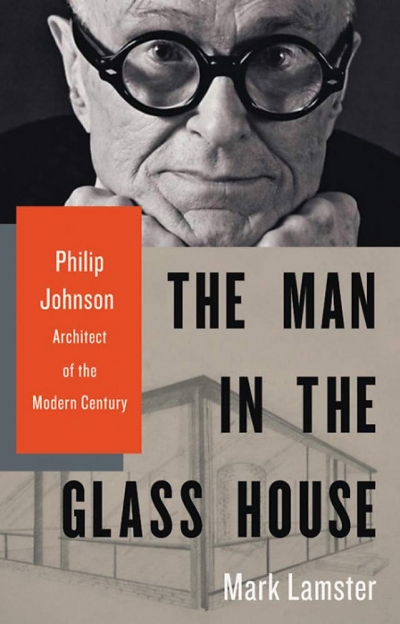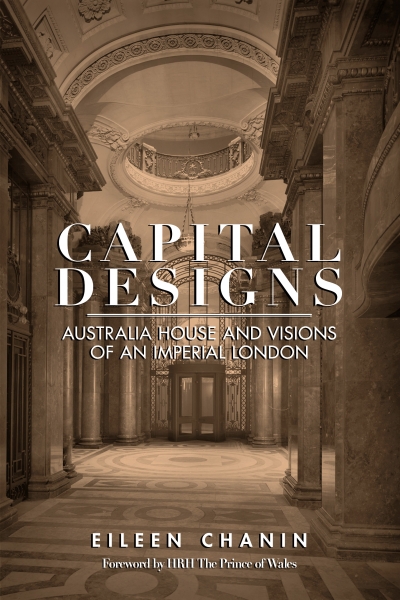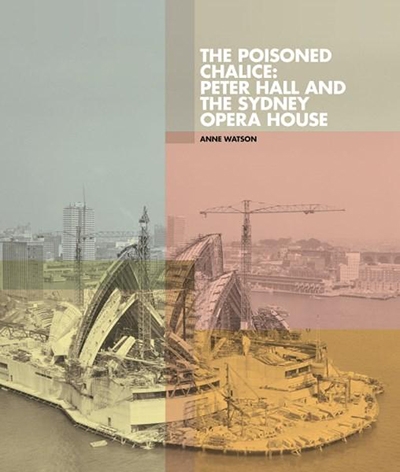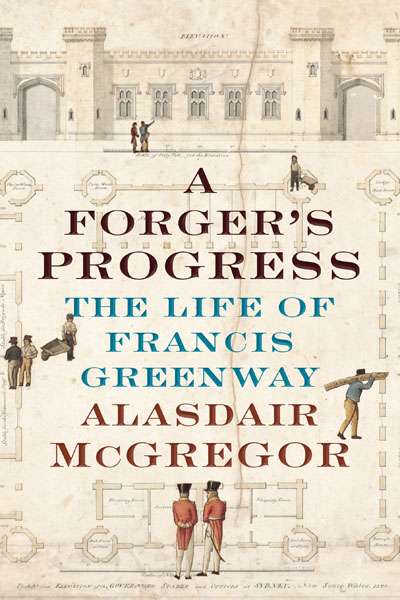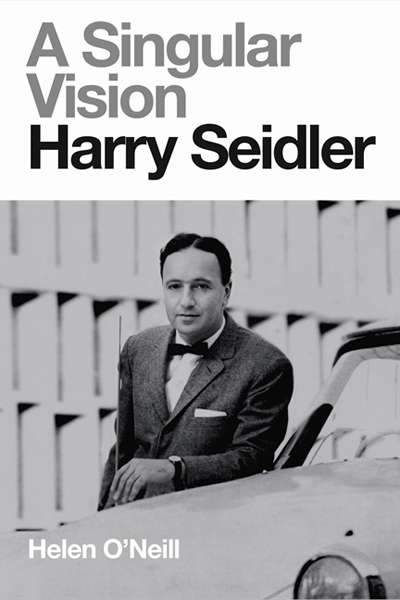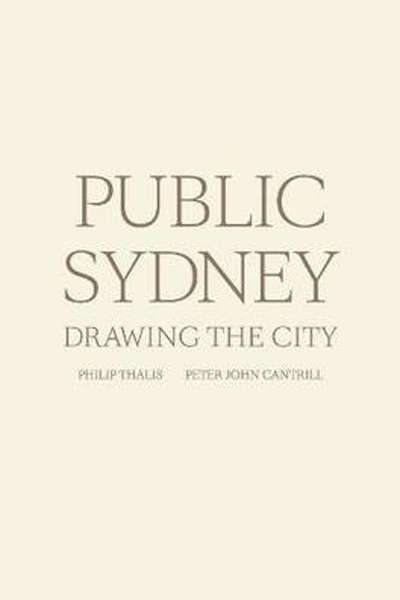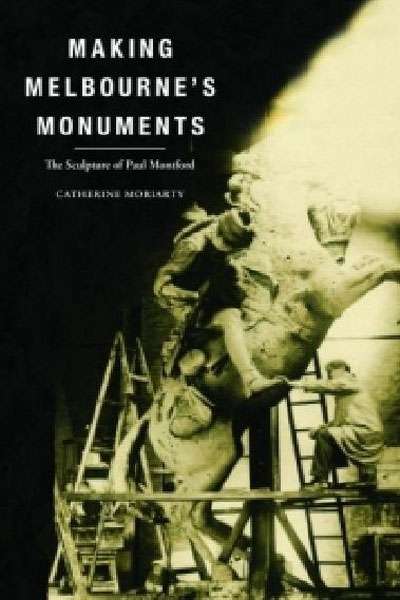Architecture
Glenn Murcutt: Buildings + projects 1962-2003 by Françoise Fromonot, translated by Charlotte Ellis
by Dimity Reed •
After The Australian Ugliness edited by Naomi Stead, Tom Lee, Ewan McEoin, and Megan Patty
by Jim Davidson •
Bauhaus Diaspora and Beyond: Transforming education through art, design and architecture by Philip Goad et al.
by Christopher Menz •
Man in the Glass House: Philip Johnson, architect of the modern century by Mark Lamster
by Patrick McCaughey •
Capital Designs: Australia House and visions of an imperial London by Eileen Chanin
by Jim Davidson •
The Poisoned Chalice: Peter Hall and the Sydney Opera House by Anne Watson
by Andrew Montana •
A Forger’s Progress: The life of Francis Greenway by Alasdair McGregor
by Paul Brunton •
Public Sydney: Drawing the City edited by Philip Thalis and Peter John Cantrill
by Philip Goad •
Making Melbourne’s Monuments: The Sculpture of Paul Montford by Catherine Moriarty
by Christopher Menz •

